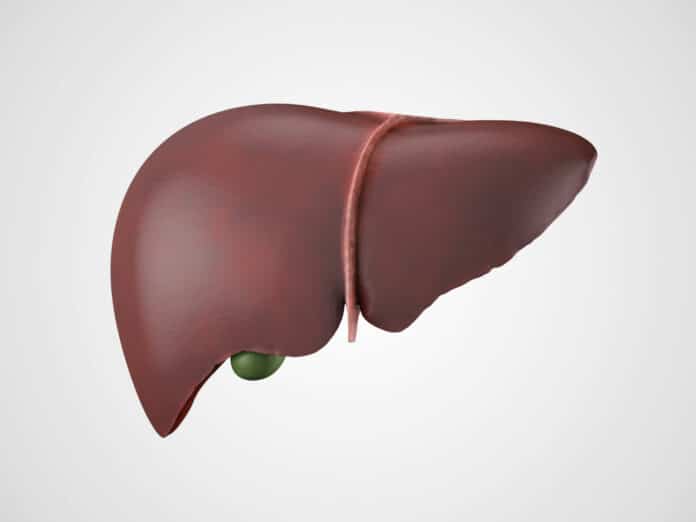In a promising development, researchers from Yale University have pinpointed a specific protein critical in driving liver damage. This discovery can open up new avenues for treating liver diseases, particularly nonalcoholic steatohepatitis (NASH), a severe fatty liver disease that often leads to liver transplantation due to ineffective treatment options.
Nonalcoholic fatty liver disease is a common liver problem worldwide. It happens when too much fat gathers in the liver, often in people who are higher weight. If not treated, it can become a more severe condition called NASH or even lead to cancer.
As more people have become higher weight, the number of NASH cases has increased. About 5% of adults in the U.S. have NASH, which can harm the liver and cause scarring. NASH is now the top reason for liver transplants in the United States. If we can reduce liver scarring, it may mean fewer people needing this surgery.
Dr. Dean Yimlamai, an assistant professor of pediatrics at Yale School of Medicine and senior author of the study, said, “Several hundred thousand people per year may need a liver transplant because of NASH. Most will not be able to get one, so we’re looking for other ways to reduce the disease burden.”
Yale researchers, who have studied mice and humans before, discovered a protein called CYR61 that increases when people eat high-fat diets. This made them wonder if CYR61 has something to do with fatty liver disease and NASH.
Their new study using mice with NASH found that CYR61 was more active in damaged livers than in healthy ones. They also noticed that when white blood cells came to the damaged livers, CYR61 caused more inflammation, which made the liver damage even worse.
Yimlamai said, “We were able to show that if you interrupt this protein in mice, you can really slow the development of fibrosis, even after the disease starts, and you potentially can improve type 2 diabetes. Many molecules being studied about NASH mostly affect liver scarring. We think CYR61 can potentially affect multiple aspects of this disease.”
Although further research is required, the results hint that stopping CYR61 could be a valuable treatment for individuals suffering from fatty liver disease, according to the researchers.
In conclusion, identifying this protein as a driver of liver damage in NASH represents a critical step toward developing more effective treatments for this challenging condition. Further research and clinical trials will be needed to explore potential therapies and their effectiveness in managing NASH and related liver diseases.
Journal reference:
- MEGHAN MOORING, GRACE A. YEUNG et al., Hepatocyte CYR61 polarizes profibrotic macrophages to orchestrate NASH fibrosis. Science Translational Medicine. DOI: 10.1126/scitranslmed.ade3157.
